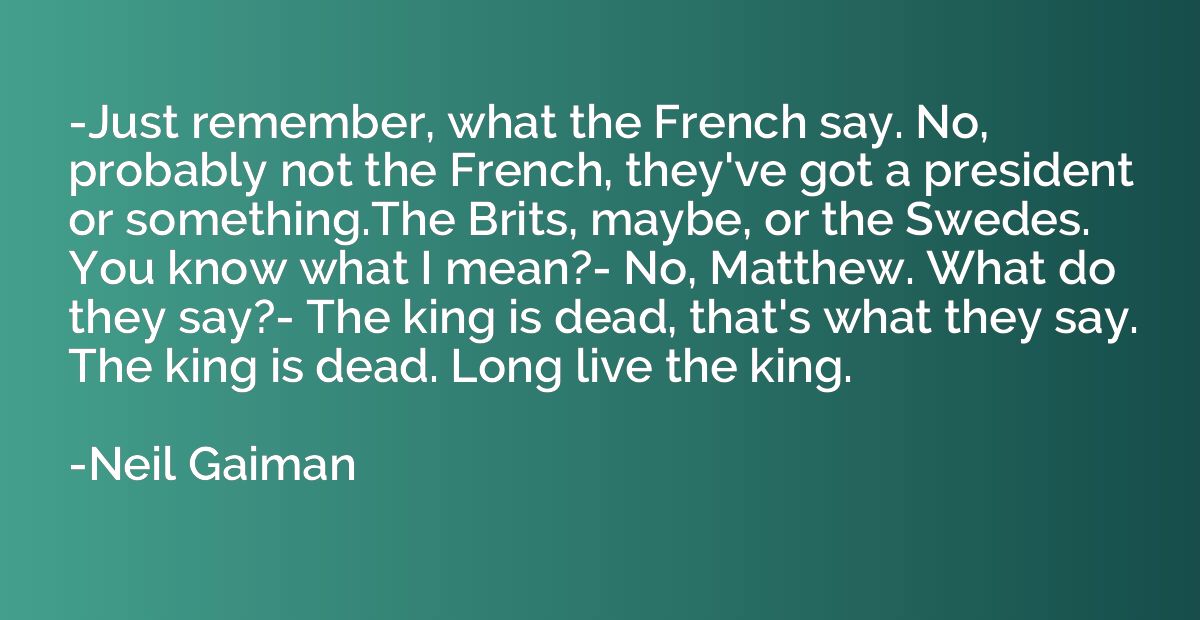Quote by John Dykstra
You had to make a camera look like it's traveling at 300 mph, but you couldn't make it actually travel at 300 mph so you had to slow everything down and build devices to do that. So you were constantly engineering.

Summary
This quote emphasizes the challenges faced by filmmakers in creating cinematic illusions of speed. When needing to make a camera appear to travel at an extreme speed like 300 mph, actually achieving this velocity is impossible. Instead, the filmmakers resort to slowing down objects and movements, employing various technical devices to accomplish this. This necessitates constant engineering and innovation to convincingly capture the desired sense of speed on film. Ultimately, the quote speaks to the ingenuity and resourcefulness required in film production to create visual experiences that may push the boundaries of reality.
Topics
Travel
By John Dykstra














